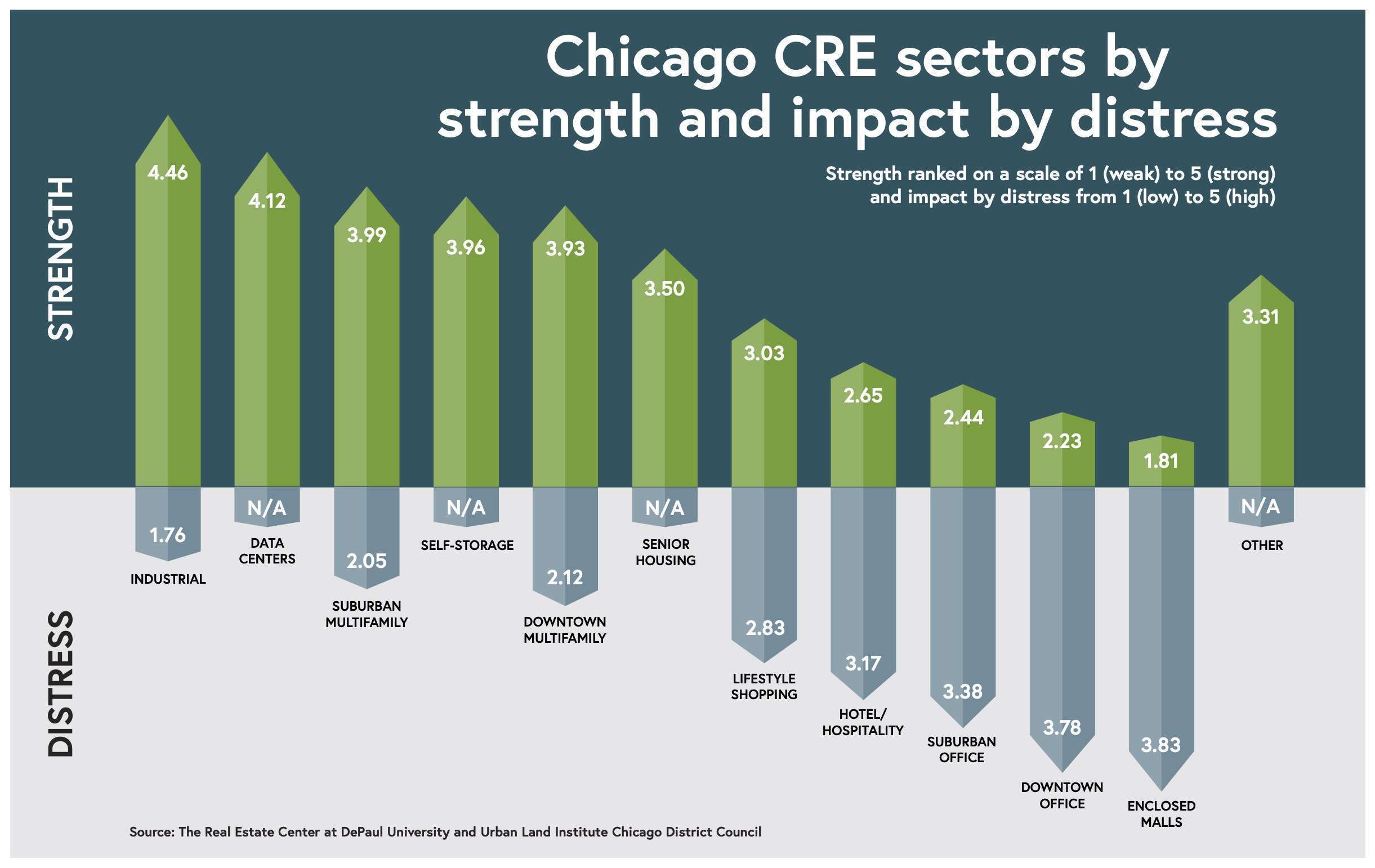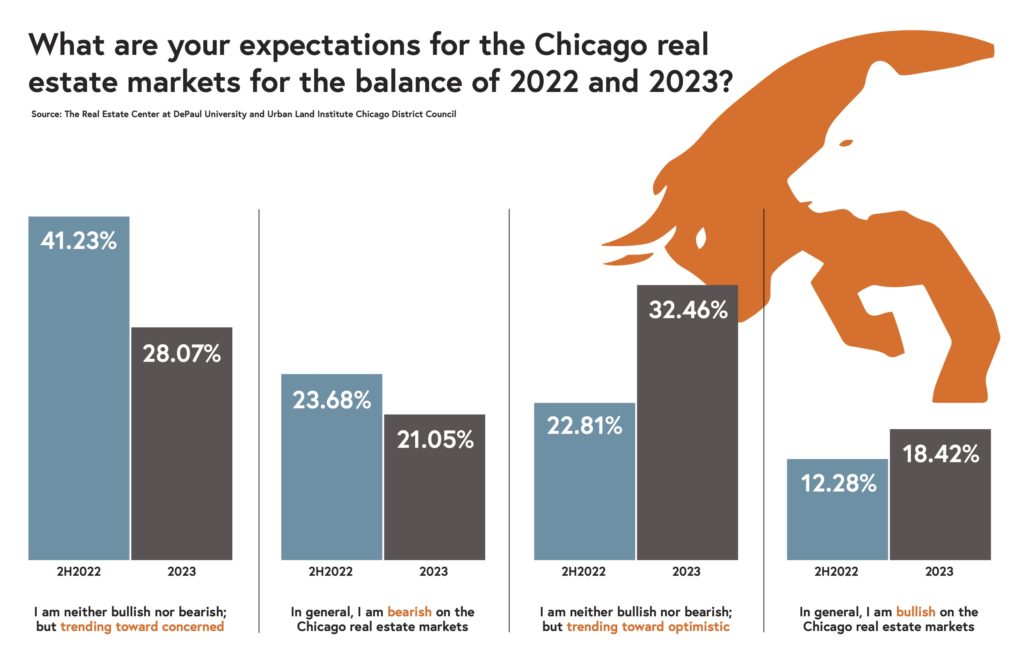
U.S. Economy Returned to Growth in Third Quarter
Gross domestic product increased 0.6 percent after two quarters of decline, but key components continue to show an economic slowdown.
Gross domestic product, adjusted for inflation, returned to growth in the third quarter after two consecutive quarterly contractions, according to government data released on Thursday. But consumer spending slowed as inflation ate away at households’ buying power, and the sharp rise in interest rates led to the steepest contraction in the housing sector since the first months of the pandemic.
The report underscored the delicate balance facing the Federal Reserve as it tries to rein in the fastest inflation in four decades. Policymakers have aggressively raised interest rates in recent months — and are expected to do so again at their meeting next week — in an effort to cool off red-hot demand, which they believe has contributed to the rapid increase in prices. But they are trying to do so without snuffing out the recovery entirely.
The third-quarter data — G.D.P. rose 0.6 percent, the Commerce Department said, a 2.6 percent annual rate of growth — suggested that the path to such a “soft landing” remained open but narrow.
“It’s just a very hard needle to thread,” said Diane Swonk, the chief economist at the accounting firm KPMG. “The cracks in the foundation have already begun to show.”
President Biden cheered the report in a statement on Thursday morning. “For months, doomsayers have been arguing that the U.S. economy is in a recession, and congressional Republicans have been rooting for a downturn,” he said. “But today we got further evidence that our economic recovery is continuing to power forward.”
By one common definition, the U.S. economy entered a recession when it experienced two straight quarters of shrinking G.D.P. at the start of the year. Officially, however, recessions are determined by a group of researchers at the National Bureau of Economic Research, who look at a broader array of indicators, including employment, income and spending.
Inflation F.A.Q.
What is inflation? Inflation is a loss of purchasing power over time, meaning your dollar will not go as far tomorrow as it did today. It is typically expressed as the annual change in prices for everyday goods and services such as food, furniture, apparel, transportation and toys.
Most analysts don’t believe the economy meets that more formal definition, and the third-quarter numbers — which slightly exceeded forecasters’ expectations — provided further evidence that a recession had not yet begun.
But the overall G.D.P. figures were skewed by the international trade component, which often exhibits big swings from one period to the next. Economists tend to focus on less volatile components, which have showed the recovery steadily losing momentum as the year has progressed. One closely watched measure suggested that private-sector demand stalled out almost completely in the third quarter, and some forecasters expect G.D.P. to contract in the final three months of the year.
“Ignore the headline number — growth rates are slowing,” said Michael Gapen, the chief U.S. economist for Bank of America. “It wouldn’t take much further slowing from here to tip the economy into a recession.”
Consumer spending, the bedrock of the U.S. economy, rose 0.4 percent in the third quarter, down from a 0.5 percent increase in the quarter before. Spending on goods fell for the third consecutive quarter, while spending on services slowed but remained positive.
Consumer spending has continued to increase despite higher interest rates and rising prices, as consumers have drawn down savings to keep spending on vacations, restaurant meals and other in-person activities that many missed out on earlier in the pandemic. But it is unclear how long that can last. Americans saved 3.3 percent of their after-tax income in the third quarter, the smallest share since 2007.
“‘Borrowed time’ is how I would describe the consumer right now,” said Tim Quinlan, a senior economist at Wells Fargo. “Credit card borrowing is up, saving is down, our costs are rising faster than our paychecks are.”
Inflation slowed in the third quarter, as oil prices fell. That led to an increase in inflation-adjusted personal income, after a decline in the second quarter. But oil prices have since rebounded somewhat, and prices for food, rent and other essentials continue to rise.
The impact of rising interest rates is clear in the housing market, where home building and sales have both slowed sharply in recent months. The housing sector shrank 7.4 percent in the third quarter, subtracting 1.4 percentage points from the annualized growth rate in overall G.D.P. Businesses also cut investments in commercial and industrial buildings, and separate data released on Thursday showed that a key measure of business investment fell in September.
The slowdown in housing is likely to lead to a further pullback in consumer spending as homeowners feel poorer and as fewer people buy homes and need to fill them with furniture and appliances. Mortgage rates passed 7 percent on Thursday, their highest level since 2002.
“Housing is just the single largest trigger to additional spending, and it’s not there anymore; it’s going in reverse,” Ms. Swonk of KPMG said. “This has been a stunning turnaround in housing, and when things start to go really quickly, you start to wonder, what are the knock-on effects, what are the spillover effects?”
Thor Kitchen, a seller of stainless-steel kitchen appliances, saw strong demand early in the pandemic as families, stuck at home, were eager to upgrade their living spaces. Meeting that demand was a bigger challenge: Snarled supply chains made it hard for the company to get its products from its factories in China to its customers in the United States.
Understand Inflation and How It Affects You
Now, those trends are reversing. Supply chains are beginning to return to normal, and Thor Kitchen’s warehouses are beginning to fill up with inventory that the company ordered months ago. Demand, however, is falling: The steep drop in home sales means that fewer people need new stoves and refrigerators, while fear of a possible recession is leading people to pull back their spending.
“A lot of companies are going to be sitting on a lot of products that are now not moving,” said Timothy Lee, the company’s marketing manager. “We made those orders when demand was really high and continuing to increase in June.”
The company, which is based outside Riverside, Calif., has been cutting spending on advertising, among other areas, and has scaled back hiring, moves that Mr. Lee said were made early in expectation of a slowdown. It also recently began offering a 10 percent promotional discount, even as costs continued to rise.
So far, however, the discount has failed to do much to increase sales. A recession, Mr. Lee said, is “already here in our eyes.”
Many Americans share that pessimistic outlook. After gasoline prices shot up this year, measures of consumer confidence plunged, and they have remained low. Companies have begun preparing for a recession, pulling back spending on advertising and discussing contingency plans with investors.
Still, the economy still has important areas of strength. The job market is strong, and although hiring has slowed somewhat, layoffs remain low in most industries. Many households were able to build up a cash cushion early in the pandemic — a result of reduced spending and increased government aid — which could help them keep spending even if their incomes stagnate.
Those factors give the recovery a bit of a cushion, but they also make the Fed’s job harder by making the economy less responsive to higher interest rates. At the same time, the Fed can do little to control the prices of oil and food, which are influenced by global events such as the war in Ukraine.
“The problem is that there are many forces that are pushing for high inflation right now,” said Carola Frydman, an economist at the Kellogg School of Management at Northwestern University. “Not everything is easy to address with monetary policy.”
The third quarter was in some sense a mirror image of the first quarter, when G.D.P. shrank but consumer spending was strong. In both cases, the swings were driven by international trade. Imports, which don’t count toward domestic production figures, soared early this year as the strong economic recovery led Americans to buy more goods from overseas. Exports slumped as the rest of the world recovered more slowly from the pandemic.
Both trends have begun to reverse as American consumers have shifted more of their spending toward services and away from imported goods, and as foreign demand for American-made goods has recovered. Supply-chain disruptions have added to the volatility, leading to big swings in the data from quarter to quarter.
Few economists expect the strong trade figures from the third quarter to continue, especially because the strong dollar will make American goods less attractive overseas.
Source: US Economy Grew at 2.6% Annual Rate in Q3 GDP Report Shows
https://www.creconsult.net/market-trends/us-economy-grew-at-2-6-annual-rate-in-q3-gdp-report-shows/






